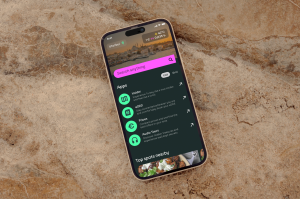Stan Hema moves people and markets. We develop holistic brands and inspire positive change.


New Business
Communication
Jobs
Contact
Adress











